
Compared to other Solar planets, Earth is kind of average. And given its shape, determining its surface area is a but complicated.
Continue reading
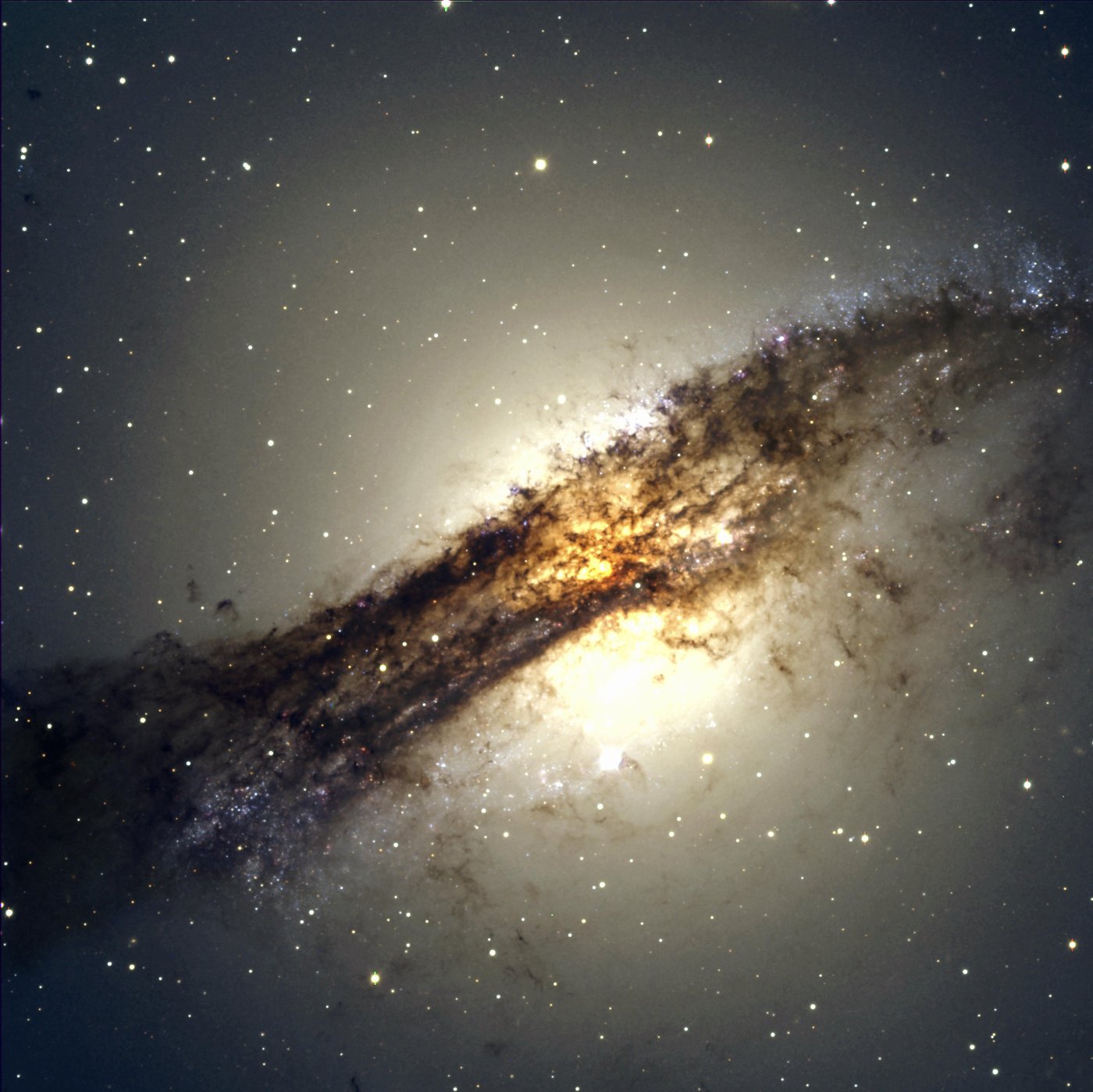
Located in the southern skies is the classic constellation Centaurus, the ninth largest constellation and one of the original 48 included by Ptolemy in his Almagest.
Continue reading
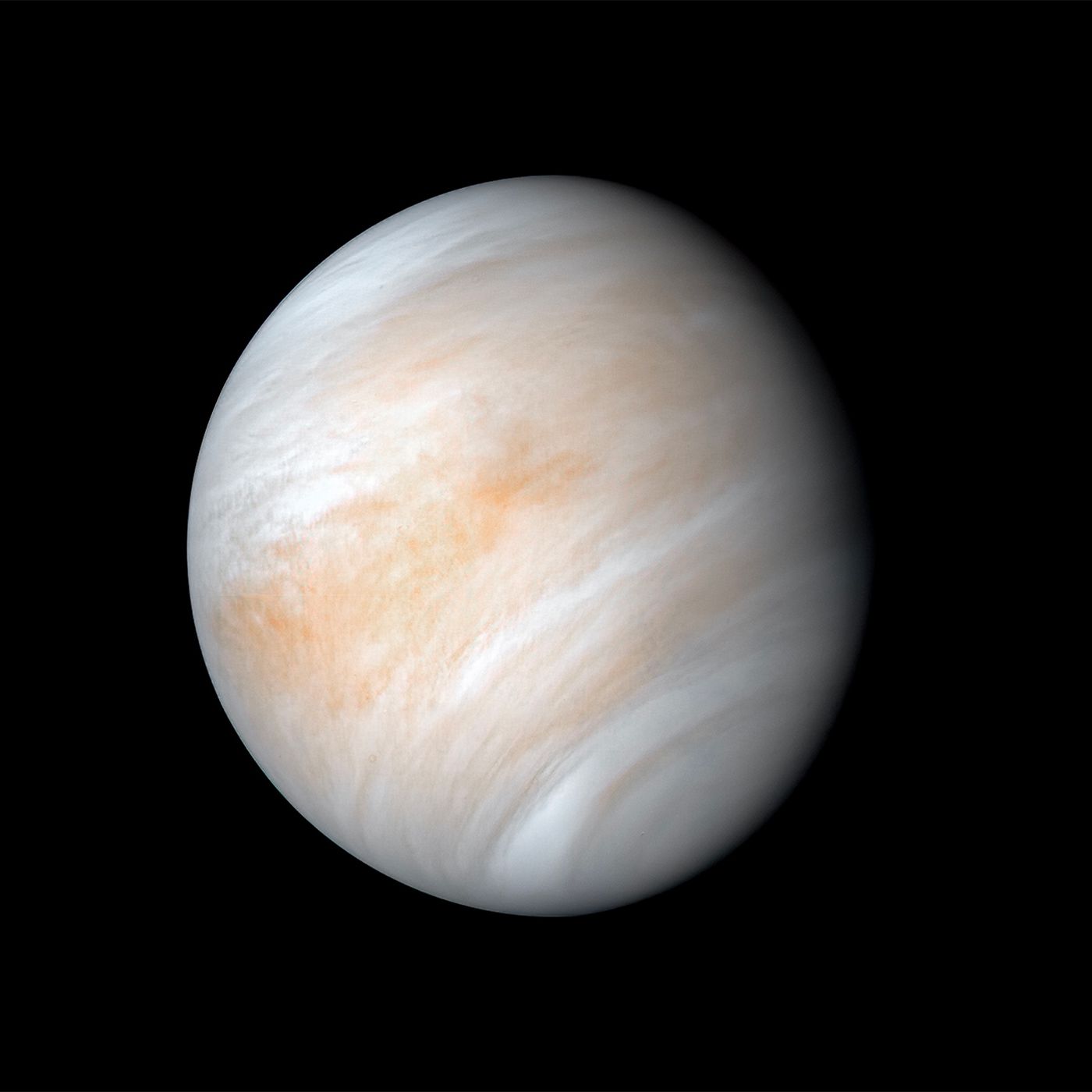
NASA has made progress developing electronics that can withstand Venus' extreme surface environment.
Continue reading
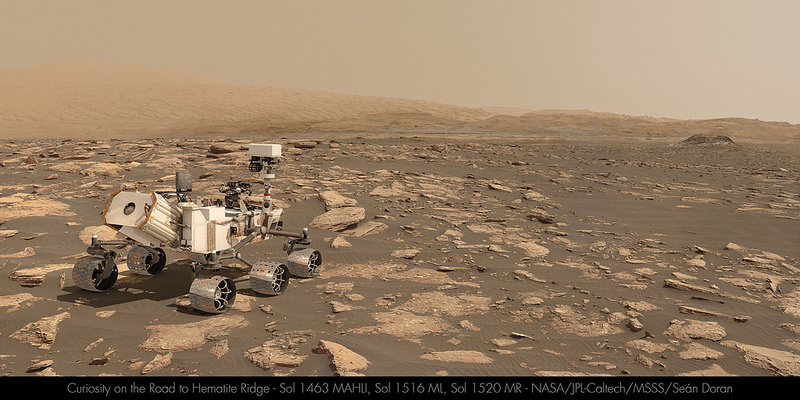
Continue reading

Continue reading
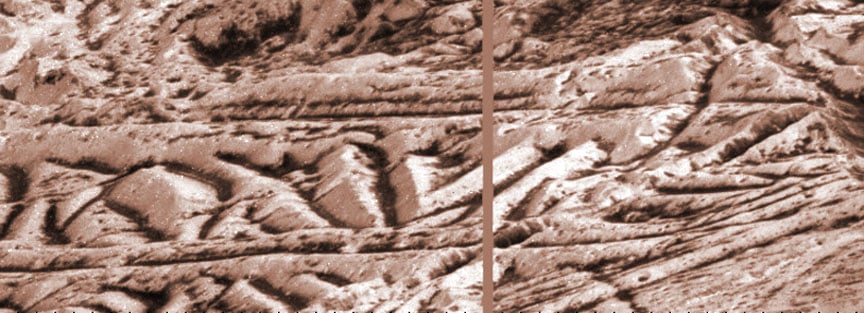
Take a gander at this high resolution view of Europa and learn of NASA's plans to look for life there.
Continue reading
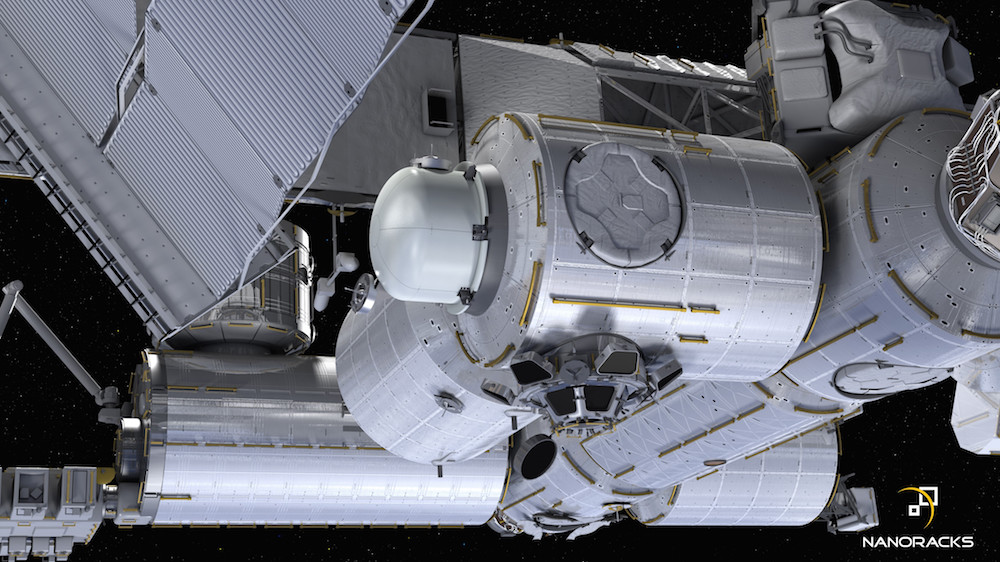
In a significant move towards further expansion of the International Space Station's (ISS) burgeoning research and commercial space economy capabilities, NASA has approved the development of the first privately developed airlock and is targeting blastoff to the orbiting lab complex in two years.
Continue reading

We've got all this nuclear waste to dispose of, and we've got this superheated fusion ball in the sky. Couldn't we just blast our nuclear waste into the Sun and be done with it?
Continue reading

In the southern hemisphere this weekend in the 'Land of Oz?' Are you missing out on the passage of Comet 45/P Honda-Mrkos-Pajdušáková, and the penumbral lunar eclipse? Fear not, there's an astronomical event designed just for you, as the Moon occults (passes in front of) the bright star Regulus on the evening of Saturday, January 11th.
Continue reading
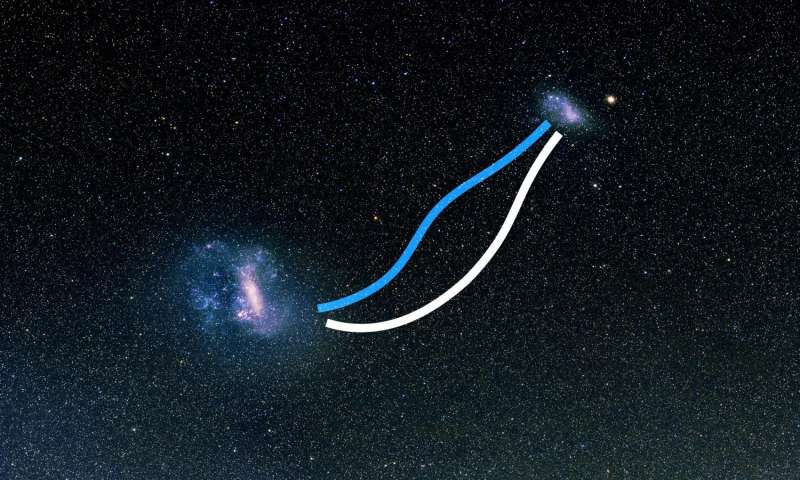
A bridge of stars between the Magellanic Clouds helps unravel a mystery.
Continue reading

Uber recently announced that they have hired NASA engineer Mark Moore to spearhead the company's VTOL transit program, known as Uber Elevate.
Continue reading

A soccer ball on the ISS pays tribute to the seven astronauts who died in the Challenger disaster.
Continue reading
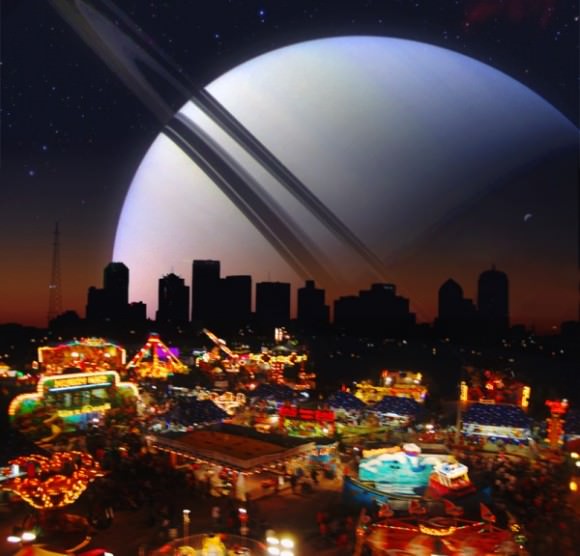
Continue reading

Using data obtained from rock samples since 2011, one of Curiosity's science teams has deduced that ancient Mars did not have enough carbon dioxide to maintain liquid water
Continue reading

Images of Enceladus highlight its frozen, reflective beauty, and its potential as a cradle for life.
Continue reading
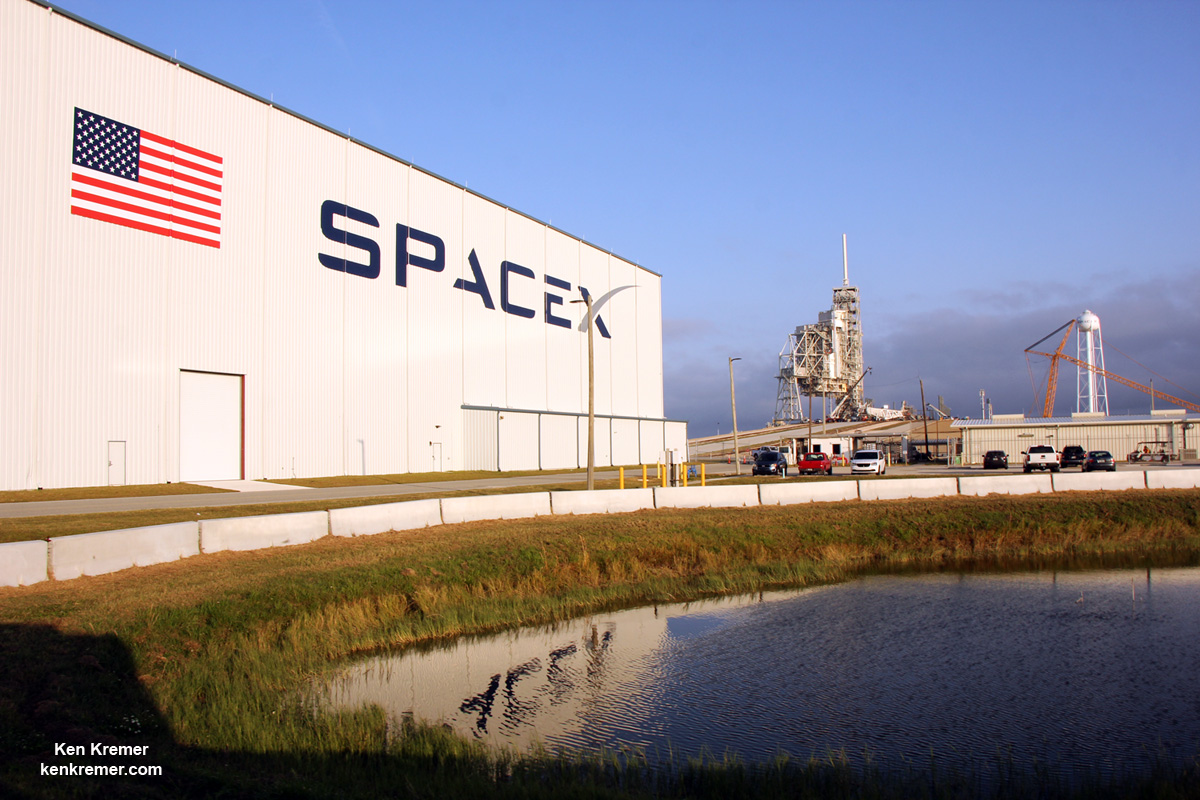
KENNEDY SPACE CENTER, FL - With liftoff tentatively penciled in for mid-February, SpaceX still awaits FAA approval of a launch license for what will be the firms first Falcon 9 rocket to launch from historic pad 39A at the Kennedy Space Center - on a critical NASA mission to resupply the space station - the Federal Aviation Administration (FAA) confirmed today to Universe Today.
Continue reading
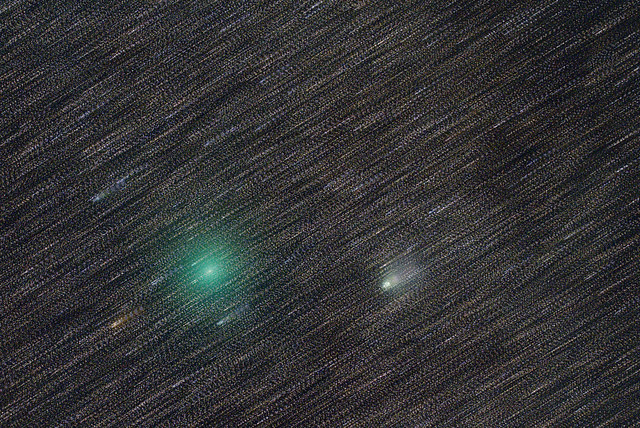
Hankering for some cometary action? An interplanetary interloper pays us a visit this weekend, sliding swiftly through the pre-dawn northern hemisphere sky.
Continue reading

Venus is a planet of extremes: extreme heat, extreme weather, and extremely long days. In fact, a single day on Venus lasts as long as 116.75 Earth days.
Continue reading
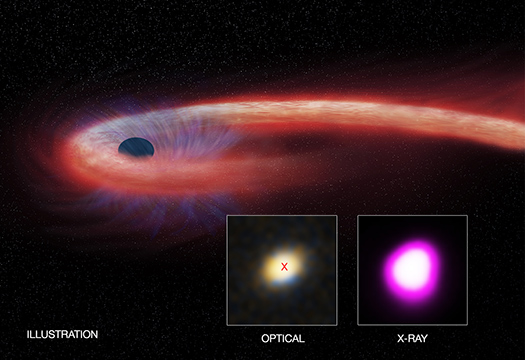
Continue reading

Located in the northern skies, in the direction of the Perseus constellation, is the open star cluster known as Messier 34.
Continue reading

Continue reading
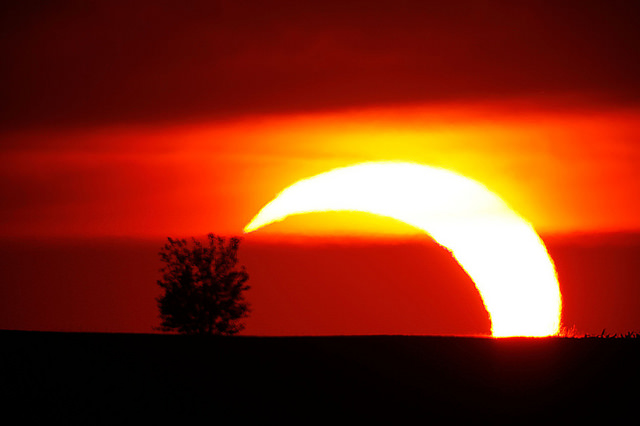
Astronomy turns up in fascinating junctures in history. Besides just the romantic angle, we can actually pin down some contextual events in ancient history if we can tie them in with an event witnessed in the heavens.
Continue reading

This Friday evening watch the Moon tippy-toe right up to Earth's inner shadow for a sweet penumbral eclipse.
Continue reading

Juno recently conducted its fourth close flyby of Jupiter (a perijovian maneuver), and NASA is once again seeking public input on what they want to see photographed during the next pass.
Continue reading
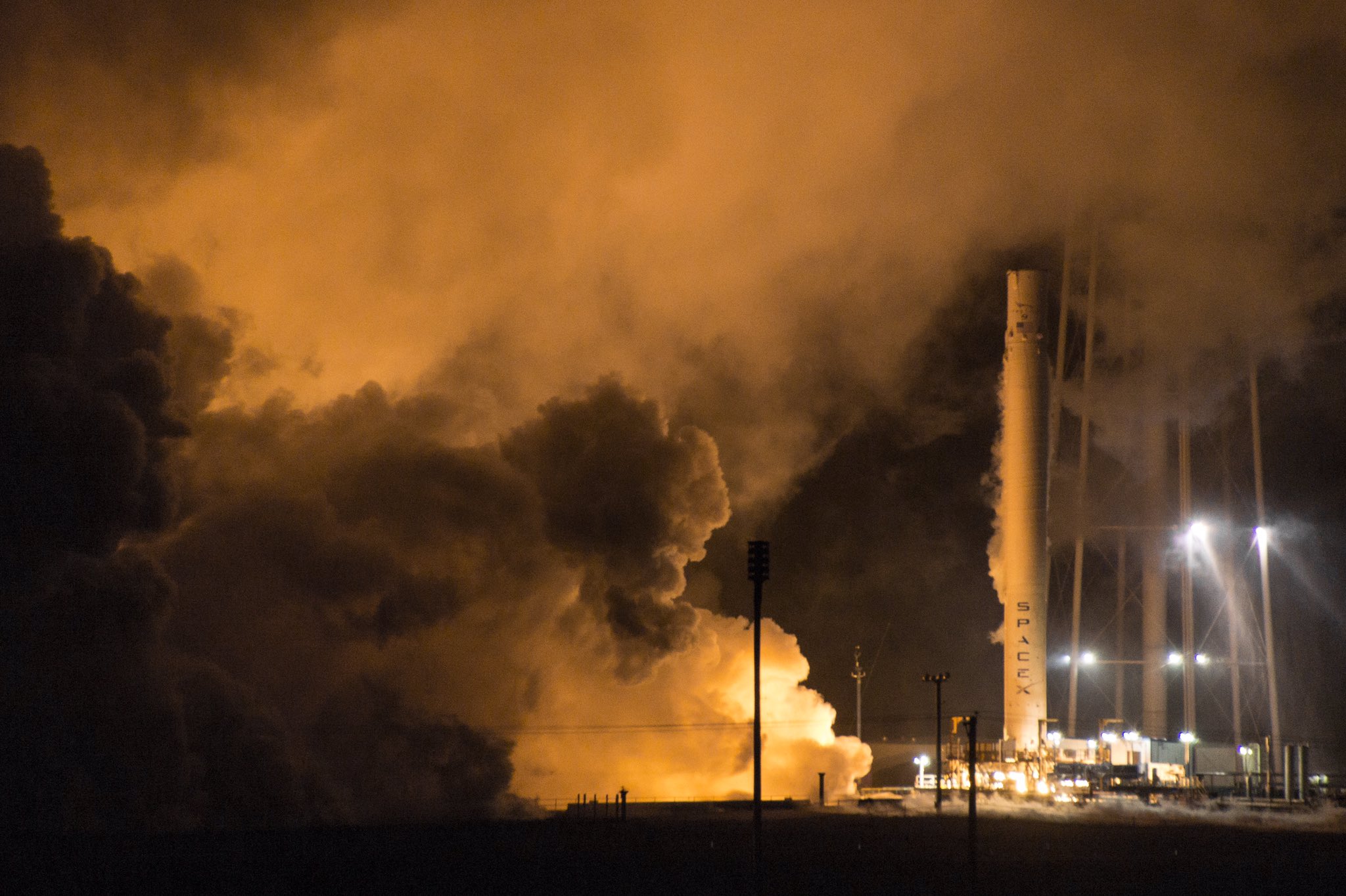
The first orbit class SpaceX rocket that will ever be reflown to launch a second payload to space was successfully test fired by SpaceX engineers at the firms Texas test facility last week.
Continue reading
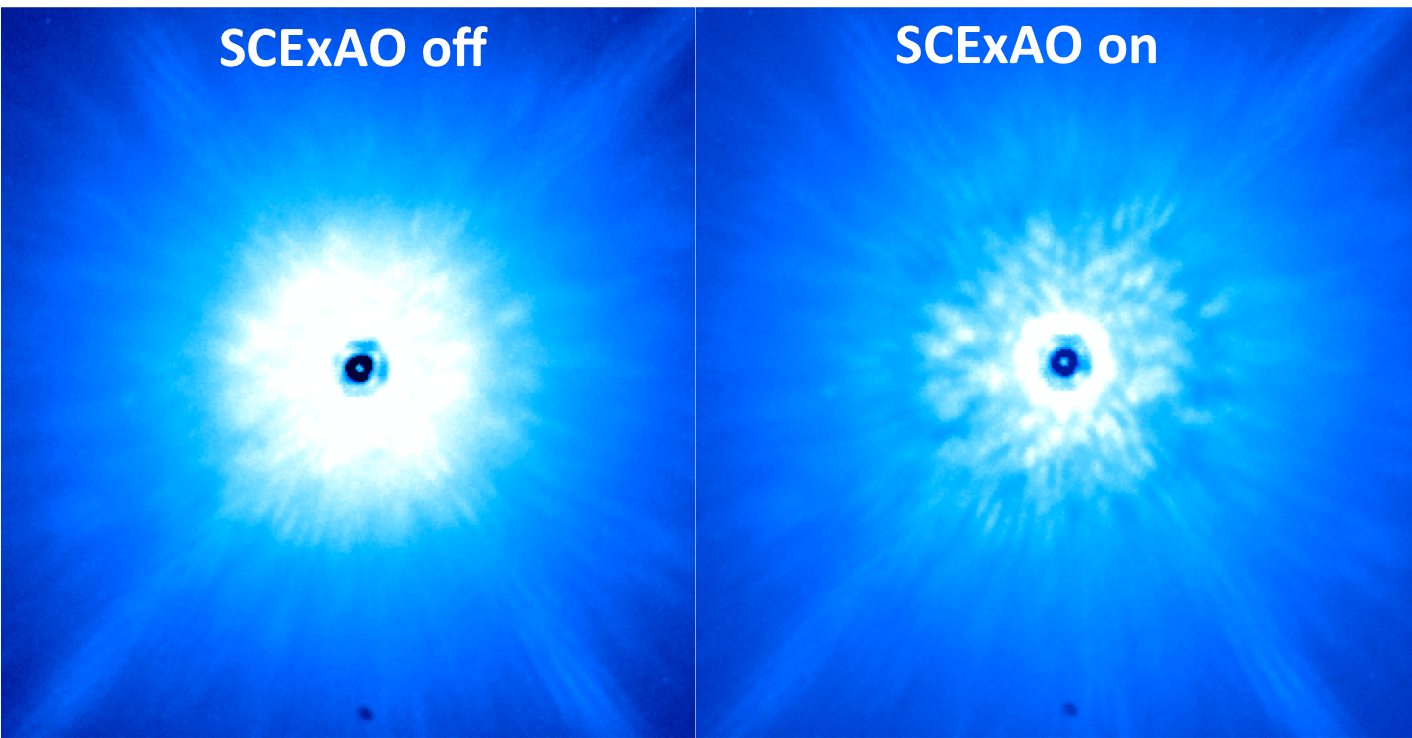
Continue reading
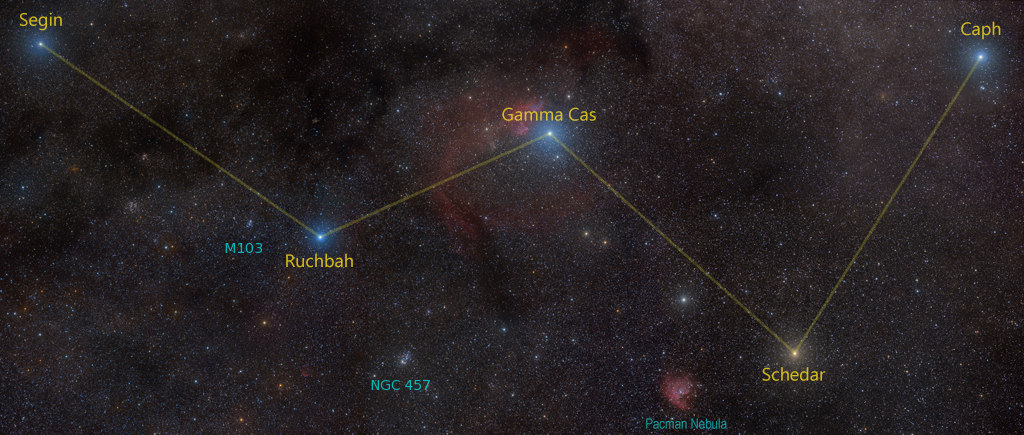
In the northern skies (recognizable from its W shape) is the familiar constellation of Cassiopeia, one of the 48 traditional constellations
Continue reading
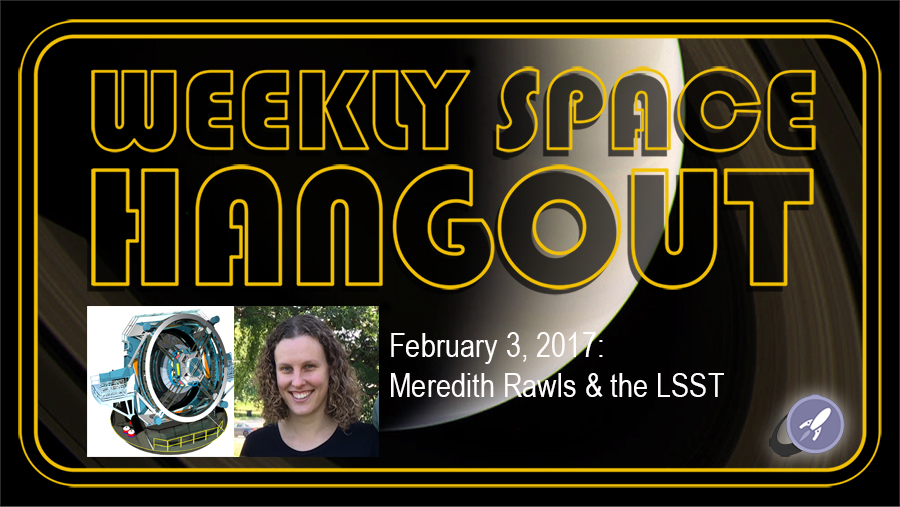
Continue reading
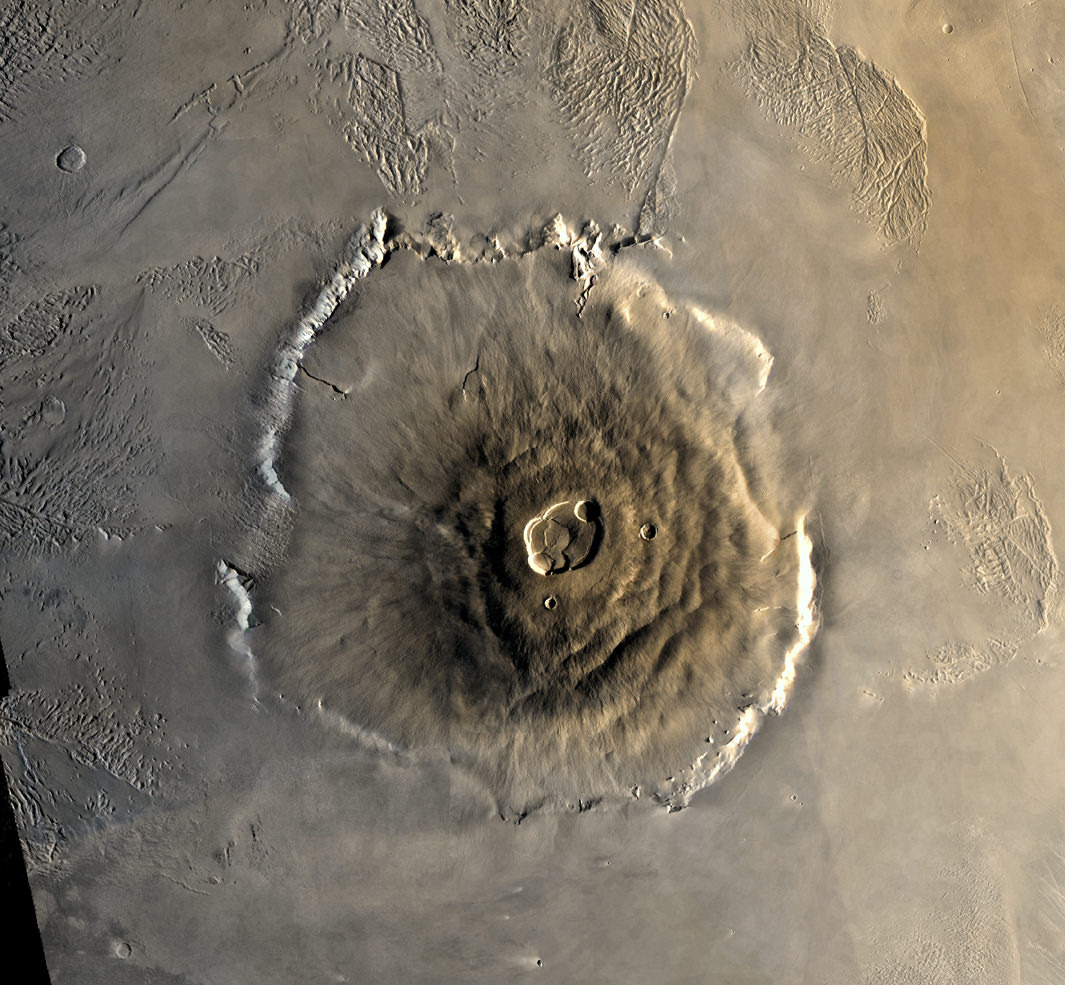
A Martian meteorite that landed in Africa in 2012 has confirmed that Martian volcanic activity lasted 3 billion years or longer.
Continue reading

Researchers from the Max Planck Institute have come up with an interesting way to slow down Starshot's mission to Alpha Centauri, a proposal which has the side benefit of exploring Proxima b as well.
Continue reading
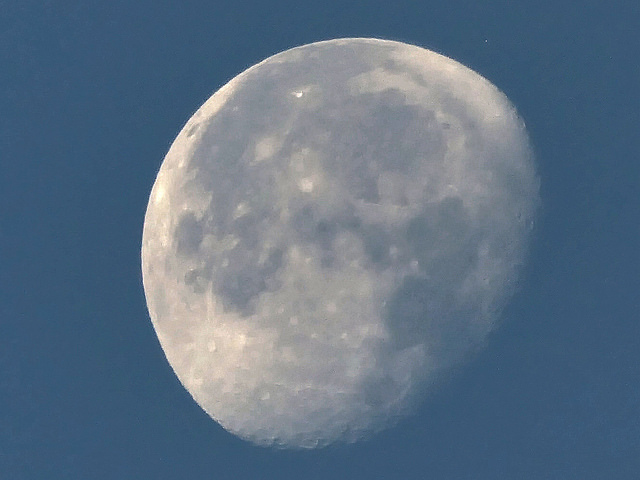
Sure, this Superbowl Sunday brings with it the promise of sacks, fumbles and tackles... but have you ever seen the Moon run down a star in the end zone? Just such an event, termed as an occultation happens this weekend for folks living around the Mediterranean and — just maybe for some sharp-eyed telescope owning observers based around the Caribbean this coming weekend.
Continue reading
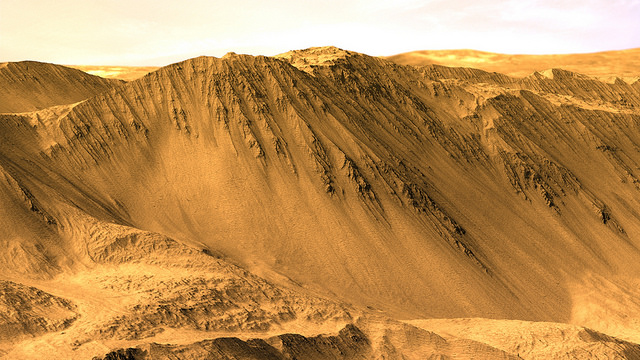
Continue reading

NASA has released the preliminary results of their study of prolonged stays in space on the human body.
Continue reading
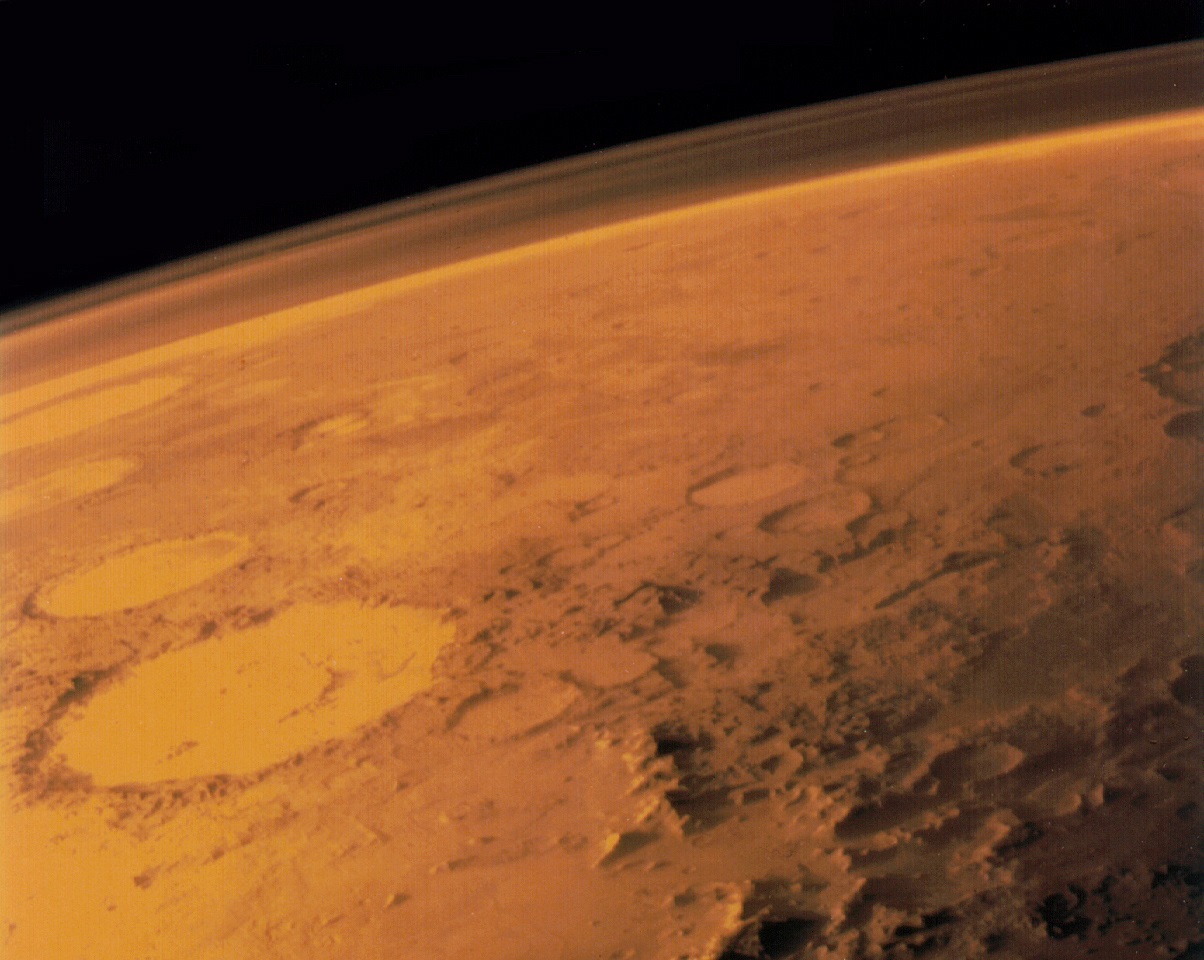
Martian weather is both fascinating and extreme, involving such things as dry ice snows, planet-wide dust storms, and aurorae.
Continue reading
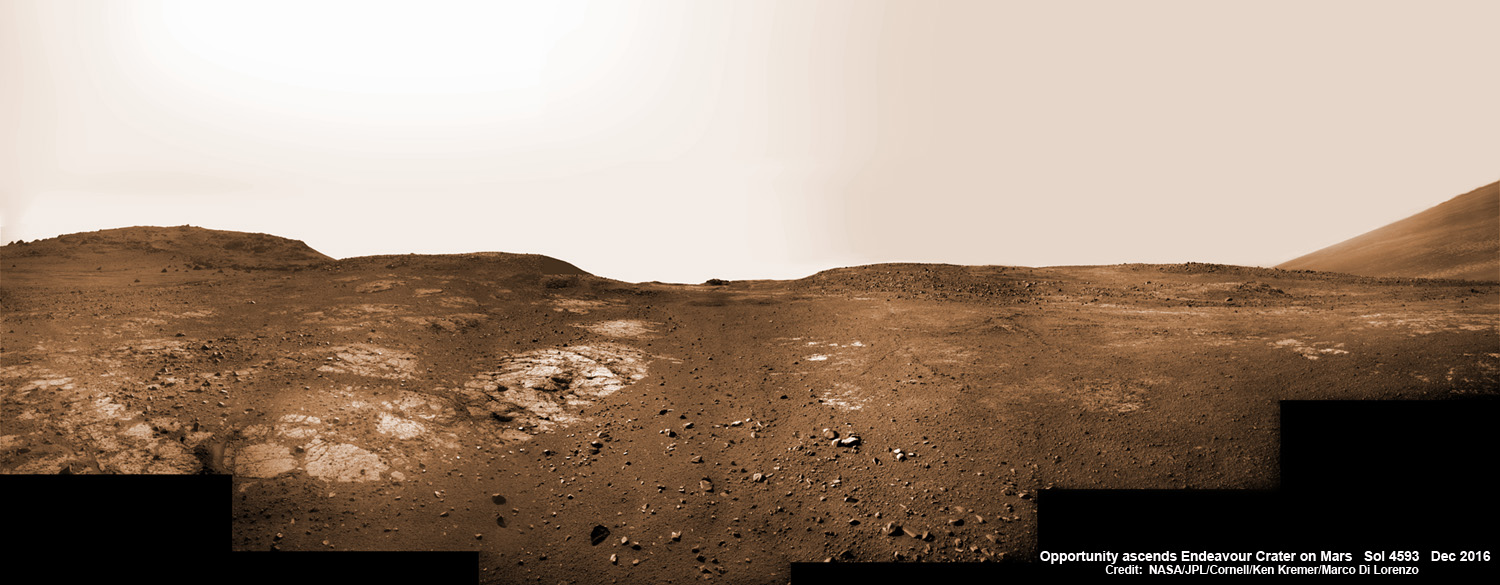
NASA's truly outstanding Opportunity rover continues "making new discoveries about ancient Mars" as she commemorates 13 Years since bouncing to a touchdown on Mars, in a feat that is "truly amazing" - the deputy chief scientist Ray Arvidson told Universe Today exclusively.
Continue reading
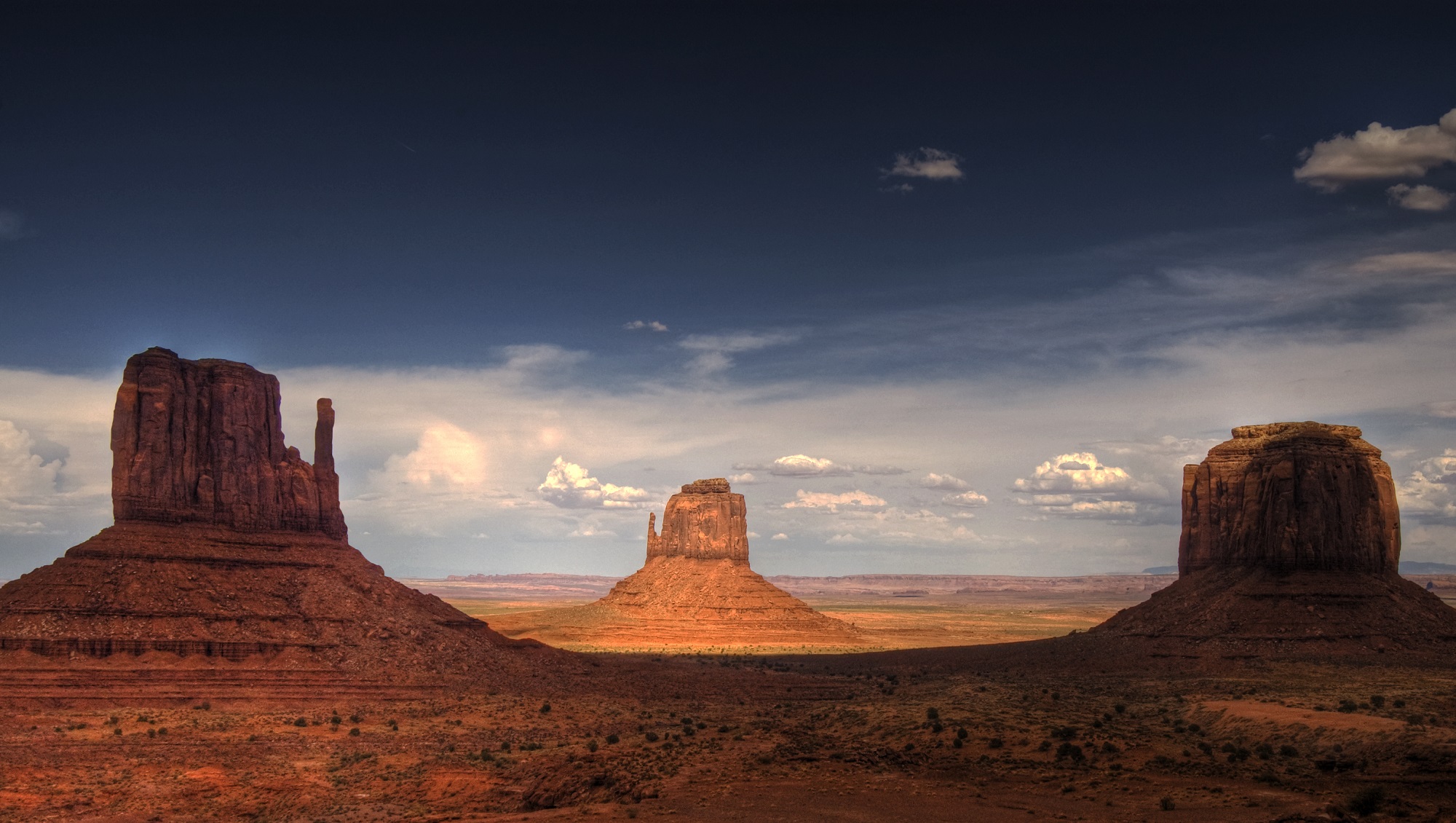
The geological feature known as a "butte" (French for "small hill") is quite common to Earth, and planets like Mars as well.
Continue reading
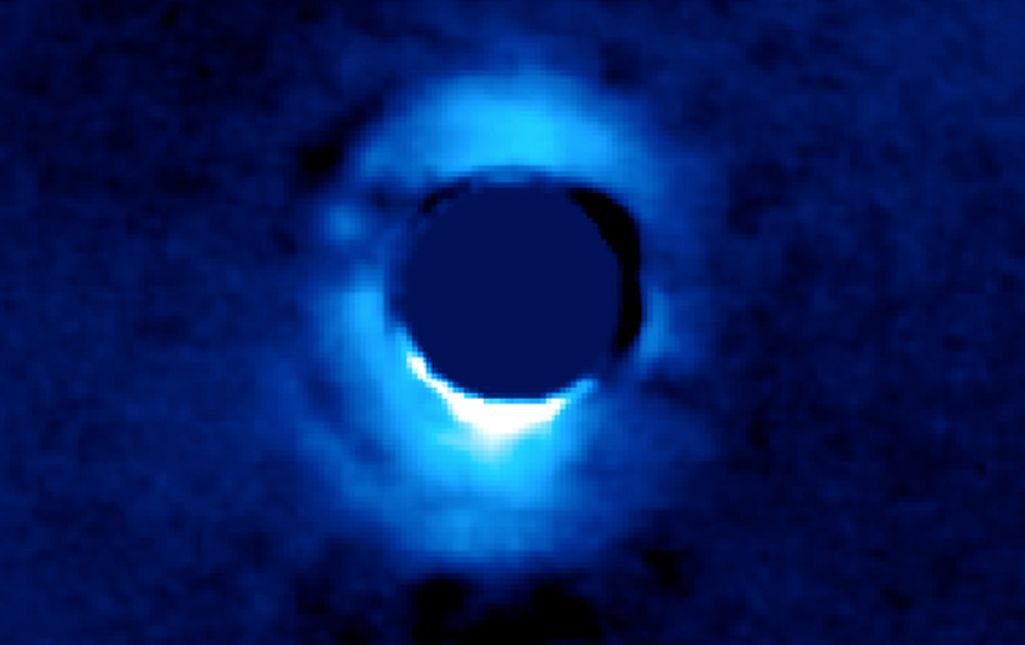
A new instrument installed on the Keck Observatory allows astronomers to see exoplanets that are very close to their stars.
Continue reading

Continue reading

KENNEDY SPACE CENTER, FL - SpaceX announced Sunday (Jan. 29) a significant shuffle to the Falcon 9 launch schedule, saying that a key NASA mission to resupply the space station is moving to the head of the line and will now be their first mission to launch from historic pad 39A at the Kennedy Space Center- formerly used to launch space shuttles.
Continue reading
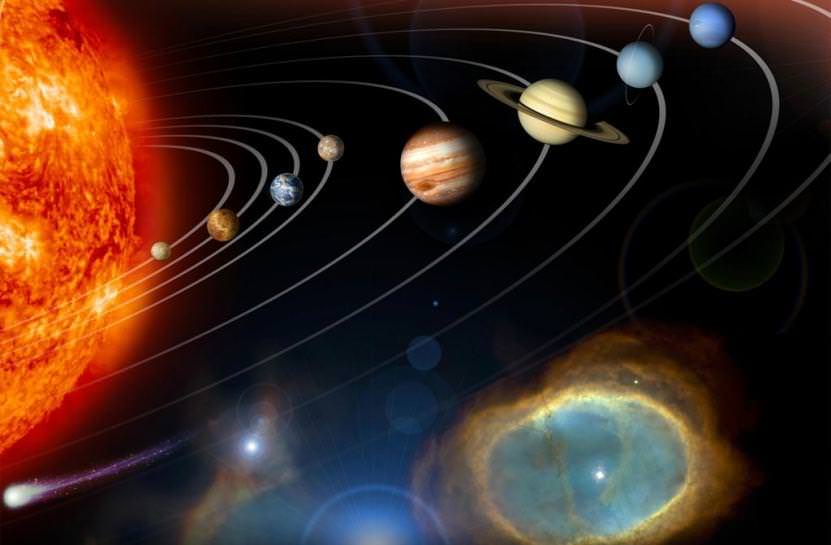
The concept of a planet has evolved considerably over time, thanks to ongoing discoveries and refinements in the field of astronomy.
Continue reading

Continue reading
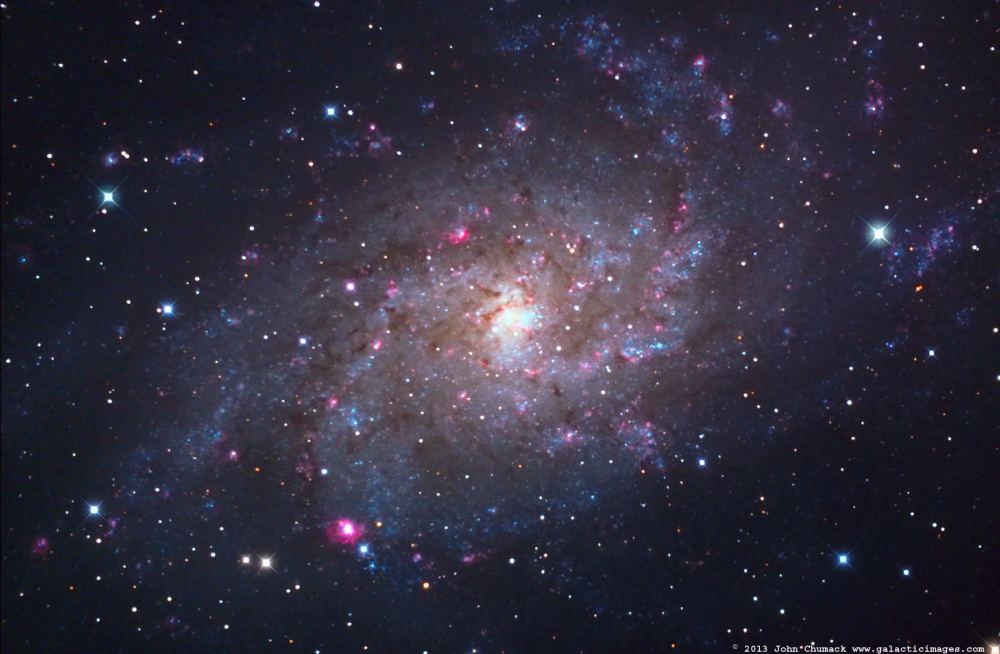
Located in the Triangulum constellation, about 3 million light-years from Earth, is the Triangulum Galaxy (aka. Messier 33).
Continue reading
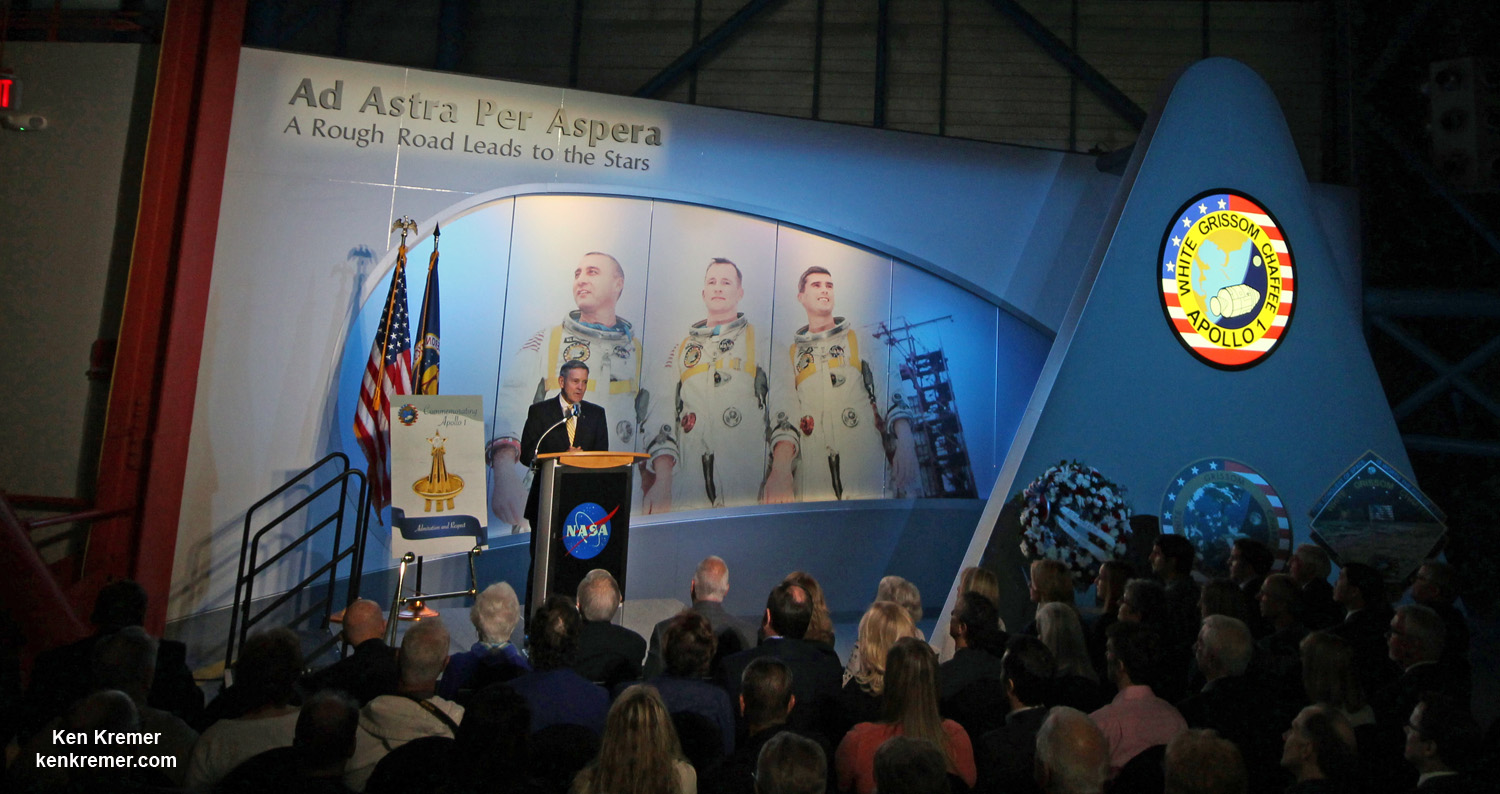
KENNEDY SPACE CENTER VISITOR COMPLEX, FL - NASA unveiled a new tribute exhibit honoring three fallen astronaut heroes 50 years to the day of the Apollo 1 tragedy on January 27, 1967 when the three man crew perished in a flash fire on the launch pad during a capsule test that was not considered to be dangerous.
Continue reading

Two Boston University researchers propose a plan for NASA's Juno probe to remotely study Io's volcanic eruptions.
Continue reading
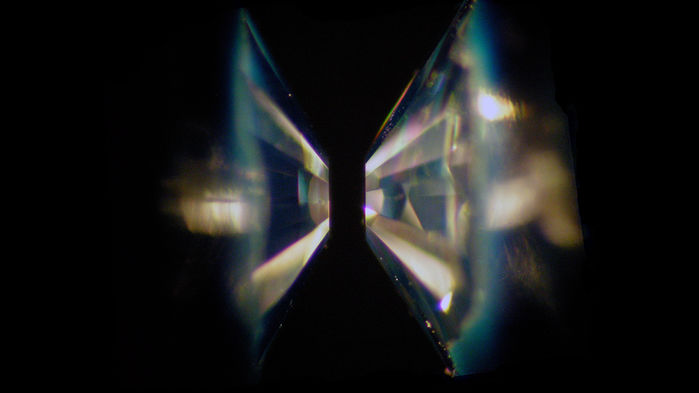
According to a study by two Harvard researchers, they have succeeded in creating metallic hydrogen for the first time in history.
Continue reading

Jason Wang, a graduate student from UC Berkeley, has created a video that captures the peculiar orbits of gas giants in a four-planet system
Continue reading

NASA is seeking citizen-scientists to help them identify ridge formations on Mars, which could help us to understanding at the geological forces at work there
Continue reading
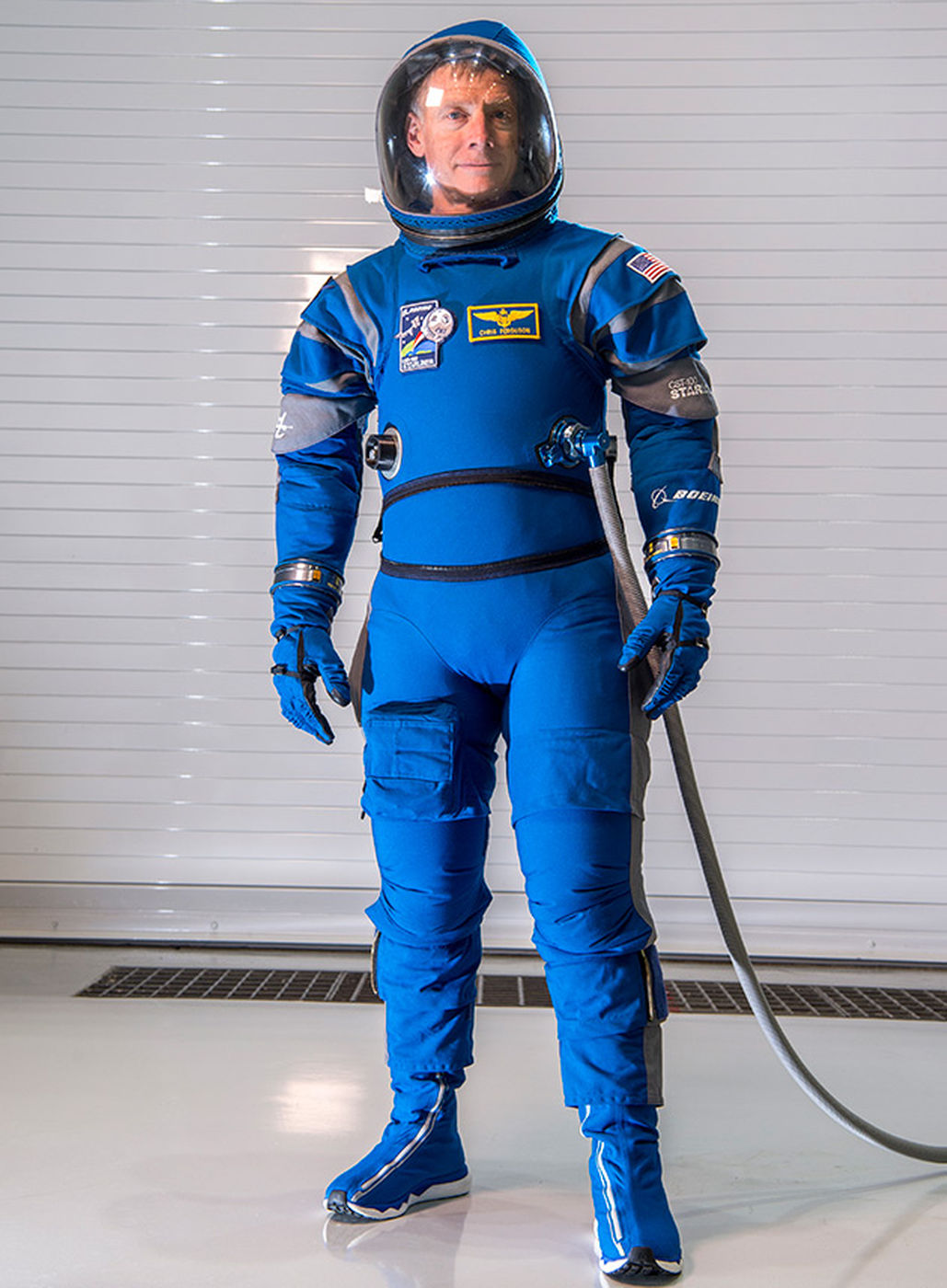
Boeing has unveiled the advanced new lightweight spacesuits that astronauts will sport as passengers aboard the company's CST-100 Starliner space taxi during commercial taxi journey's to and from and the International Space Station (ISS) and other low Earth orbit destinations.
Continue reading

What's that bright light in the sky? How come I never noticed it before? That's not a star at all, it's Venus, and it is awesome.
Continue reading

Continue reading

 Universe Today
Universe Today















































